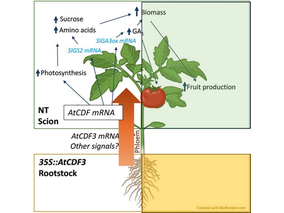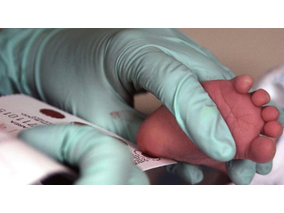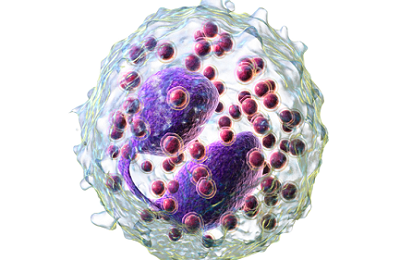A team from CIC bioGUNE led by Dr. Mikel Valle has published research study which has discovered a potential target for the design of antiviral compounds, a viable objective for hundreds of plant viruses which infect a wide range of different crops and which cause major financial damage in the agricultural sector.
The study, published in the journal Science Advances, describes the first atomic structure of the viral particle of a potyvirus. The findings also include the discovery of a region in the virus which controls the assembly capacity of these viral particles and which is conserved in over 350 species of virus distributed in 4 large families. The study also reveales that potyvirus proteins have a similar structure to that of other viral proteins such as those of the influenza virus.
Potyviruses constitute one of the largest groups of plant pathogens and are the cause of diseases with a major impact on many crops.
The study, has identified the weak point of a large number of plant viruses.
About CIC bioGUNE
The Centre for Cooperative Research in Biosciences (CIC bioGUNE), located in the Bizkaia Technology Park, is a biomedical research organisation conducting cutting-edge research at the interface between structural, molecular and cell biology, with a particular focus on generating knowledge on the molecular bases of disease, for use in the development of new diagnostic methods and advanced therapies. CIC bioGUNE has been accredited as a “Severo Ochoa Centre of Excellence”, the highest level of recognition for centres of excellence in Spain.
Picture: rendering of the three dimensional map for the potyvirus obtained by electron microscopy.

El equipo de investigadores observó cambios en el...

El gen AtCDF3 promueve una mayor producción de az...

Un estudio con datos de los últimos 35 años, ind...

En nuestro post hablamos sobre este interesante tipo de célula del si...

La revista ‘Nature Protocols’ selecciona esta técnica como “pro...
Portal de biotecnología en España
¡Suscríbase a nuestro newsletter para estar al día con las últimas noticias y ofertas!
2013 © Biotech-Spain.com - Site Developments SL. Todos los derechos reservados. Terminos y Condiciones | Política de Privacidad
Articles
Directory
